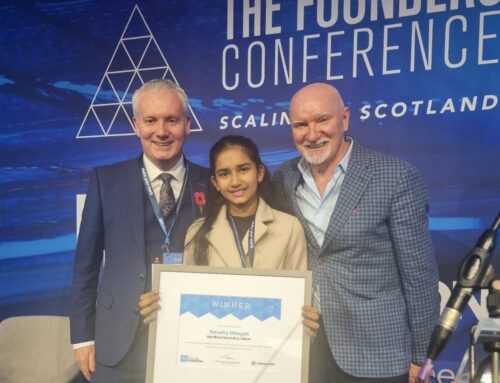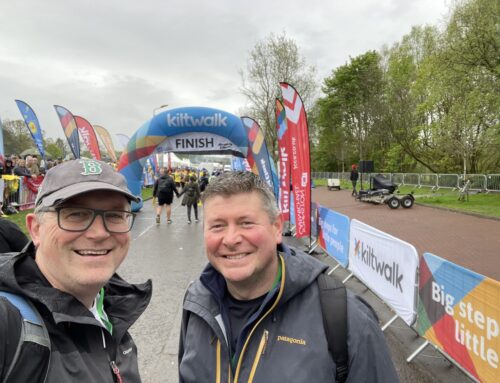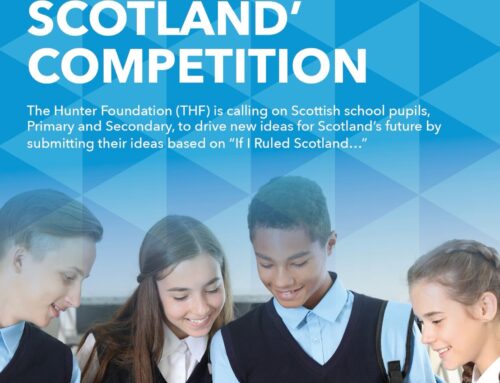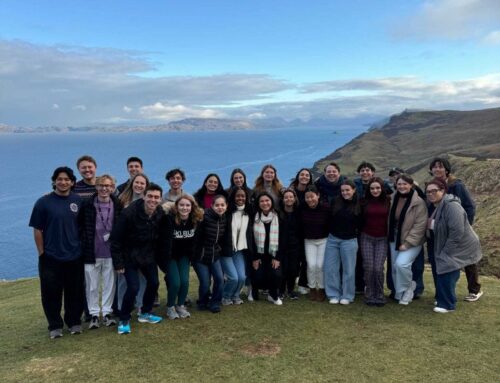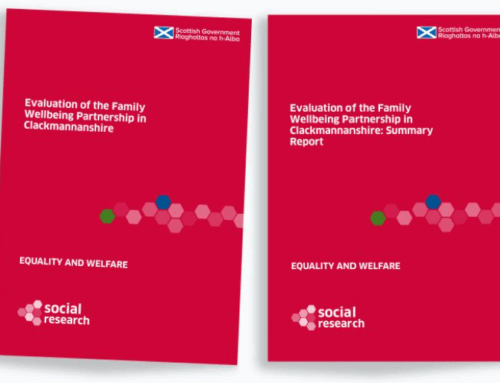Columba 1400 works closely with young people of all different genders and sexual orientations, with members of the LGBTQ+ (lesbian, gay, bisexual, transgender, queer) within our YPLA team. It’s important the team understands how best to support all young people taking part in our values-based leadership academies, so this Pride Month their continued professional development focuses on learning more about the LGBTQ+ community. Leah, who is one of our facilitators and a bisexual herself, has written this blog about what sexual orientation and gender identity are, and included some signposting on how best to support young people in the LGBTQ+ community and those closest to them.
Sexual Orientation
We use the acronym LGBT to describe the Lesbian, Gay, Bisexual and Transgender community. The first three letters (LGB) refer to sexual orientation. So, what exactly IS sexual orientation? It’s all about WHO you are emotionally/romantically/sexually attracted to. Here are a few examples of sexual orientations:
Gay
A person who identifies as gay typically only feels sexual attraction toward people of the same gender. Socially, people use this term to refer to men who are romantically and sexually attracted to men. However, those in the community use it as an umbrella term.
Lesbian
Those who identify as lesbian are usually women who feel sexual and romantic attraction toward other women. Some nonbinary people — those who do not identify with the traditional binary sexes of male and female — may also identify as lesbians. This may be because they feel a closer connection to womanhood and are mainly attracted to women.
Bisexual
Bisexuals can be of any gender and refers to the attraction towards more than one gender (e.g. men, women, and non-binary people).
Heterosexual
Heterosexuals are exclusively attracted to the opposite gender. For example, men who are only attracted to women and vice versa.
These are some of the most common sexual orientations, but you can find a more extensive list here.
Gender Identity
So, we now understand a bit more about sexual orientation, what is gender identity? Whilst sexual orientation refers to who we are attracted to, gender identity describes the gender we identify with and feel ourselves in. People often associate gender with biological sex, i.e. the sex they were born into. For some people, their gender identity may be the one they were assigned at birth (cisgender), but for others this may not reflect who they are on the inside and they may identify with a different gender. Below are some examples of different gender identities.

Transgender
Transgender refers to a person whose gender identity does not reflect the gender they were assigned at birth. For example, this could be someone who was assigned female at birth, whose gender is actually male.
Nonbinary
When someone is nonbinary, it means they feel their gender does not fit the binaries of ‘male’ or ‘female’. Where you would use the pronouns ‘he/him’ for men and ‘she/her’ for women, nonbinary people generally use the pronouns ‘they/them’.
Genderfluid
Similar to nonbinary people, genderfluid people also do not fit the gender binaries of ‘male’ or ‘female’. Their gender identity does not feel as if it is the same all the time, it may change between male, female and nonbinary, depending on what gender they feel they are at that time. For some genderfluid people this can change daily, for others it could be monthly. There is no one-size-fits-all approach to this, and it will vary person to person.
For more information on gender identity, click here for more reading. And for a longer list of LGBTQ+ terms, click here.
Supporting the LGBTQ+ community
Figuring out your sexual orientation or gender identity can be difficult and confusing, so here are a few websites you can check out for some support. Or if you are someone who wants to help support the LGBTQ+ community, see below for some websites that can help you be the best ally you can be!
LGBT Youth — Scotland’s national charity for LGBTQ+ young people (ages 13-25). Here you can find local youth groups near you, digital support from youth workers, or get advice/information.
LGBT Health & Wellbeing — Offering health support services for LGBTQ+ people. Offering mental health support, transgender support, community safety, sexual health support, and more. LGBT helpline: 0300 123 2523.
It Gets Better — Campaign to send the message that ‘it gets better’ to LGBTQ+ people feeling lost, depressed, hopeless, or suicidal. Their mission is to uplift, empower, and connect the LGBTQ+ community.
Mermaids — Support for transgender, nonbinary and gender diverse children/young people. Also offering support to families and professionals involved in their care.
Gendered Intelligence — Seeking to educate and increase understanding of different gender identities and improve the lives of transgender people. They offer services to professional and educational services, and youth and community services.
FFLAG — Offering support to parents and families of the LGBTQ+.

